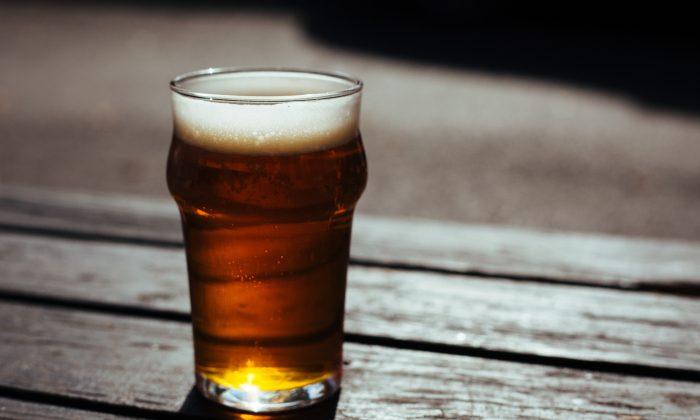A friend and I shared the same consumer frustration—and guilt over having it. We each wanted a bike rack for our cars but could not obtain our first choices.
“I wanted to order a 1UP bike rack,” my pal, who used to manufacture sports equipment, said. “Sold out and won’t take orders until August 29th.”
Apparently, there’s a shortage of bikes as well, and, to get granular, a dearth of 26-inch inner tubes for their tires.
My friend also wanted a specific golf push cart. “Every model sold out,” he said, “with no forecasted availability.”
These are high-end problems, hence some hesitation to talk about them. Millions of Americans have lost jobs and are looking down the abyss. Renters who risk eviction can hardly contemplate buying a skateboard, much less a golf push cart. By the way, skateboards are also in short supply.
American consumers always assumed that the market economy would produce whatever legal good or service they had the dollars to buy. And in recent pre-COVID times of low unemployment, American workers assumed the labor market would always be able to supply a job with a paycheck at the end of the week.
That may explain why so many Americans lack any kind of savings. The economic safety net, in many minds, was not money set aside but the expectation that one could always find employment in a plentiful job market.
Then the coronavirus happened and assumptions evaporated. There are now 14.7 million fewer jobs than before the pandemic, and Clorox wipes are still hard to come by.
The earlier sense of panic has eased at my Costco, but you can still see shoppers piling up a decade’s worth of paper towels despite evidence of ample supply. Emptied of boxes once filled with abundance, Costco’s upper shelves now resemble skeletons.
The Federal Reserve Bank is supposed to support the economy in hard times, but as the pandemic drains so much consumer confidence, Fed officials express more worry than reassurance. The only way to restore that confidence, they say, is to get a handle on the virus.
“How well we follow the health-care protocols from here is going to be the primary economic tool we have,” Dallas Fed President Robert Kaplan said recently.
Boston Fed President Eric Rosengren, meanwhile, warned of “severe economic consequences” if the public response to the virus doesn’t improve. And we think things are tough now.
Consumer confidence briefly rose in June amid premature optimism that the virus had been contained. Then the cases and deaths exploded in the Sunbelt and elsewhere, causing consumer morale to dive in July, according to The Conference Board, which measures such things. The worst-hit states on the confidence measure were also the worst-hit states for the virus—Michigan, Florida, Texas, and California.
Interestingly, the only region to see an increase in restaurant dining has been the Northeast, as shown in data collected by the online reservations site OpenTable. That occurred only after the Northeast shrunk its virus caseloads and established a strict testing-and-tracing regimen. Folks with the wherewithal felt safer about dining out, and as a result, many cooks and waiters got their jobs back.
A shortage of sports accessories is hardly the end of the world, but it is psychologically unsettling in a country like ours. These are the sorts of consumer goods advertisers were aggressively pushing at us just a few months ago.
Not having the money to buy anything is, of course, a whole different level of anxiety. For these people, especially, the land of plenty has become a world of hurt—and it didn’t have to be this bad.





